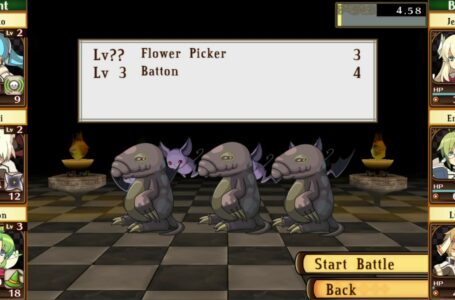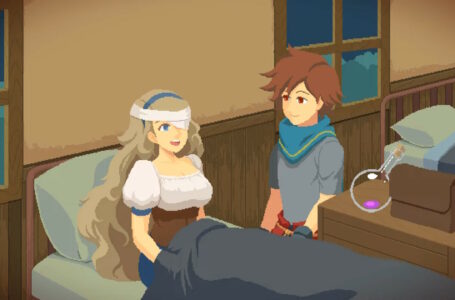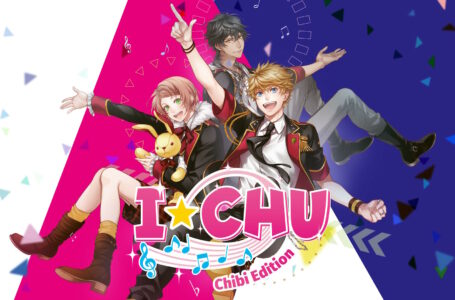Classic adventure game fans are going to love Root Film
Root Film is as much classic adventure game as it is visual novel. And I love it for that.
Back in the ’80s and ’90s, adventure games were hugely popular — and revolutionary. In stark contrast to the simplistic, mechanics-centric arcade games of the period, adventure games offered the opportunity to immerse yourself in a narrative while doing things that you couldn’t typically do with just a joystick and a fire button.
Over time, adventure games evolved gradually, incorporating graphics and animation until they became some of the earliest examples of what we now know as cinematic-style games. The text-based parser of yore fell out of favour and was replaced by simple, intuitive point-and-click systems, but the focus on narrative remained constant.
But eventually, the classic adventure game format fell out of favour. It became more practical to blend cinematic-style presentation with what was perceived as more “direct” forms of interaction — such as movement from three-dimensional first- or third-person perspectives. Gamers supposedly craved more immersive, direct interaction with the world than clicking object A on person B then watching what happened — though there are still some developers out there who have trouble translating this concept beyond “shoot that thing”, “press that switch” or “push that block”.
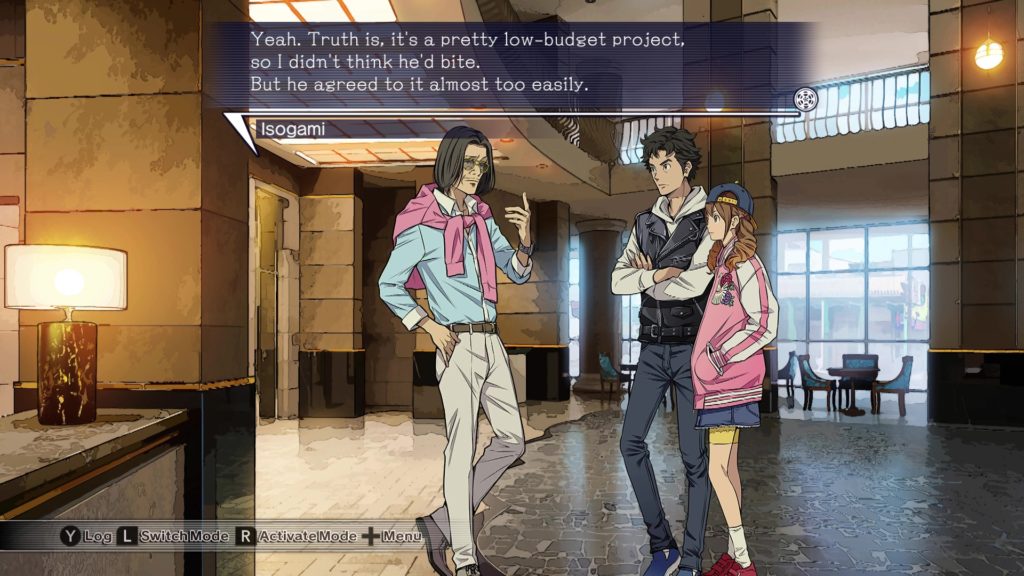
That’s not to say there are no classic-style adventure games out there these days, particularly in the indie sphere. At the time of writing, classic adventure fans should be looking forward to Mojiken Studio’s excellent-looking A Space for the Unbound, last seen in the recent Steam Games Festival, as well as Cowcat games’ fantastic Brok the InvestiGator, which has a massive free prologue chapter available to enjoy for free right now.
And then there’s Root Film — a game which, like its spiritual predecessor Root Letter, successfully blends the in-depth storytelling of the visual novel medium with the presentation and interactivity conventions of classic adventure games. The result is something which feels modern and accessible, but will simultaneously be enormously appealing to those who have been craving a little more in the way of interactivity than your typical visual novel offers.
Root Film actually follows many of the conventions of Japanese adventure games from the 1990s — many of which we’ve seen in our weekly The History of Lewd column. What this means is that for the most part, the narrative is relatively linear, but you have the freedom to move around between locations and choose the actions you take when you get there, rather than simply being railroaded along by the narrative.
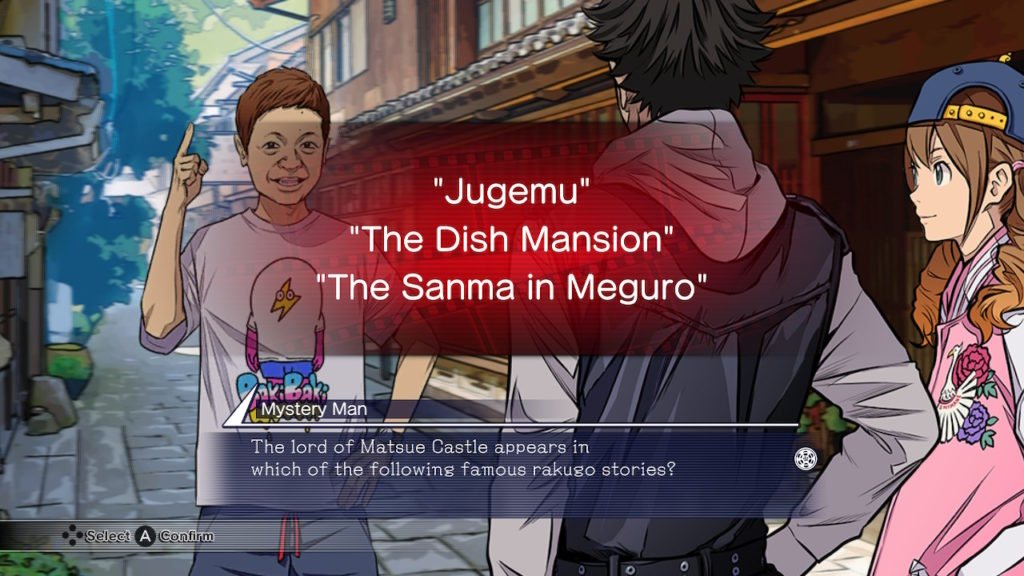
And the game rewards exploration, too; while you can zip straight through the critical path of each chapter if you know the most important actions to take, taking the time to visit areas that are off that main path often rewards you with additional scenes to explore, surprising characters to meet and little bits of insight about the game’s setting of Shimane Prefecture. At times you may even find the game testing your knowledge of local myths and legends, so stay on your toes… and perhaps keep some sort of Google-equipped device handy if your expertise isn’t quite up to snuff.
One simple but powerful means in which Root Film evokes the feel of classic adventure games is the fact that it unfolds as a third-person narrative rather than taking the first-person perspective more commonly seen in visual novels. This means that you are not riding in the protagonist’s head listening to their thoughts; rather, any descriptive text comes from the perspective of a third-person omniscient non-participant narrator — which, in Root Film, at times has a certain amount of pleasingly understated but nonetheless acerbic wit.
This third-person perspective is highlighted by the fact that you can usually see the main characters on screen. For example, in the chapters that focus on director Yagumo and his partner in crime Maguri, you can always see them standing in the scene, interacting with the environment, each other and the other characters in the area. And rather than adopting the visual novel convention of characters always facing the “camera”, in Root Film it’s not uncommon to see characters’ backs as they stand in rather more natural-looking arrangements than we see in some games.
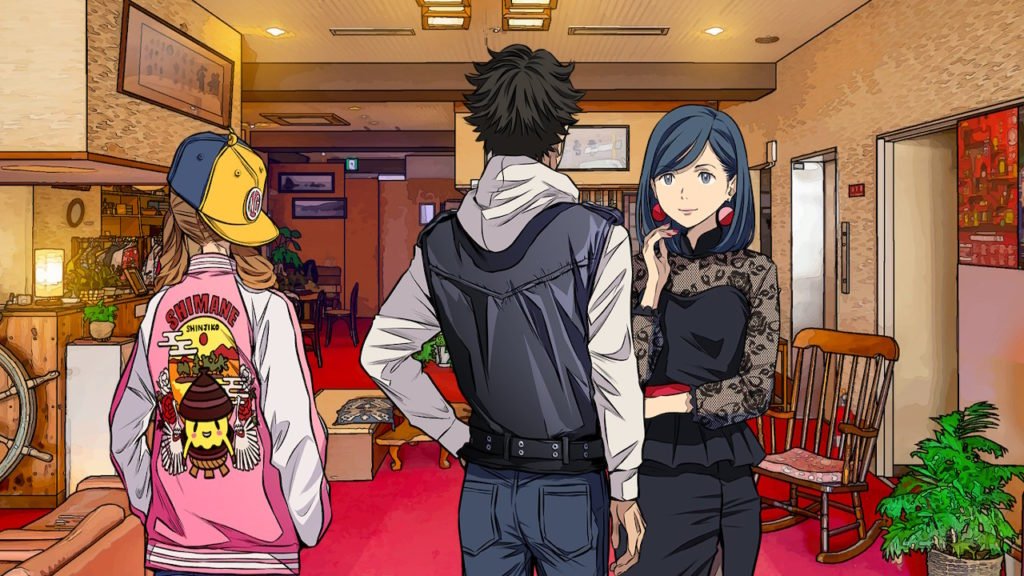
It’s a very simple aspect of the game’s presentation, but just seeing the characters standing casually in an environment as they investigate an area or chat with a key witness adds to the adventure game feel of Root Film. In the Yagumo chapters, it particularly enhances the feeling of camaraderie and cooperation between Yagumo and Maguri; they’re a team who are pretty much always together, and seeing them both on-screen arguably emphasises that feeling more than just seeing Maguri through Yagumo’s eyes all the time.
One area where Root Film does differ from classic adventure games is the fact that there’s no inventory manipulation. While this may seem like a large omission, it is all in the service of keeping the narrative flowing — it means you’ll never get into a situation where you have no idea what to do and spend several useless minutes going between every location you have open to you using every inventory item on every interactive object just in case something happens.
Instead, Root Film replaces traditional inventory manipulation with protagonist Yagumo’s “synaesthesia” ability, where he can “see” key pieces of information as they are uttered by a character. When you acquire these key phrases, they are stored away for later use, and are only busted out when they are required — usually during the climactic “Max Mode” interrogation scenes.
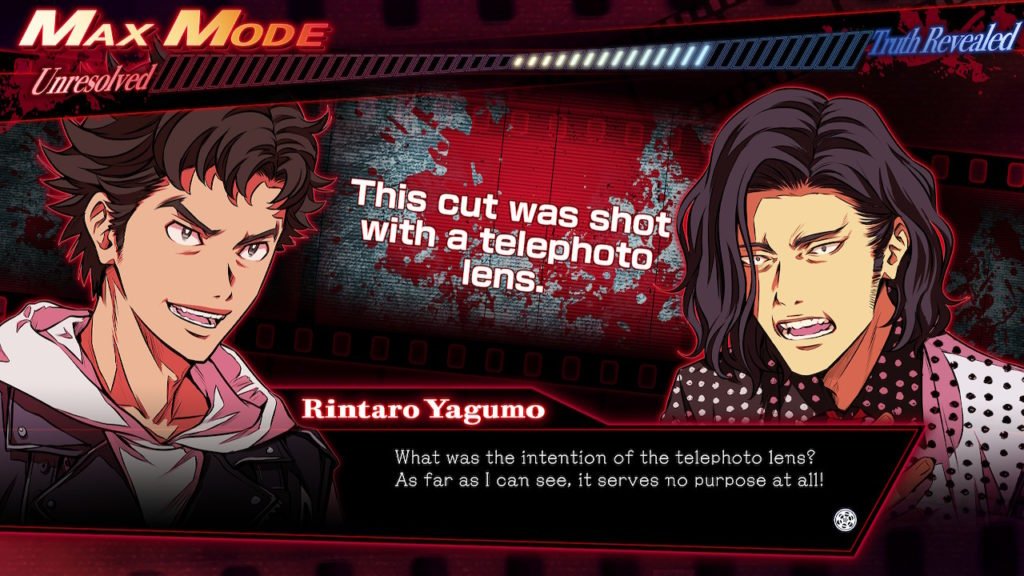
Here, Yagumo is attempting to get someone to admit the truth of a situation, and must do so by presenting the key pieces of evidence he has acquired through his synaesthesia ability. During these sequences, you’ll have to think carefully about the logical connections between the things your “target” is saying and the specific pieces of information you’ve picked up — and in some cases making sure you choose the most relevant of several potentially useful pieces of knowledge.
Root Film would have been enjoyable as a straight visual novel, since its characters are likeable and interesting and the story is compelling. But the added interactive element gives the game a broader appeal; for those who find themselves resistant to the largely “hands-off” nature of many visual novels but who think they would otherwise enjoy such a narrative-centric experience, Root Film strikes a great balance between “story” and “game”.
In short, if you’ve been pining for the lost glory days of Sierra and LucasArts… well, this isn’t quite the same sort of experience, but it will definitely scratch that adventure game itch — perhaps in a way you didn’t know you wanted it to be scratched.
Root Film is out this Friday. PlayStation 4 and Nintendo Switch limited editions are still available from our store — click here to preorder!
Join The Discussion
Rice Digital Discord
Rice Digital Twitter
Rice Digital Facebook
Or write us a letter for the Rice Digital Friday Letters Page by clicking here!
Disclosure: Some links in this article may be affiliate links, which means we may earn a small commission if you make a purchase after clicking on them. This is at no additional cost to you and helps support Rice Digital!
- Letter from the Editor: passing the torch - June 30, 2023
- Super Woden GP 2 is looking promising - June 30, 2023
- Inti Creates is making a 32 bit-style Love Live action platformer - June 26, 2023




